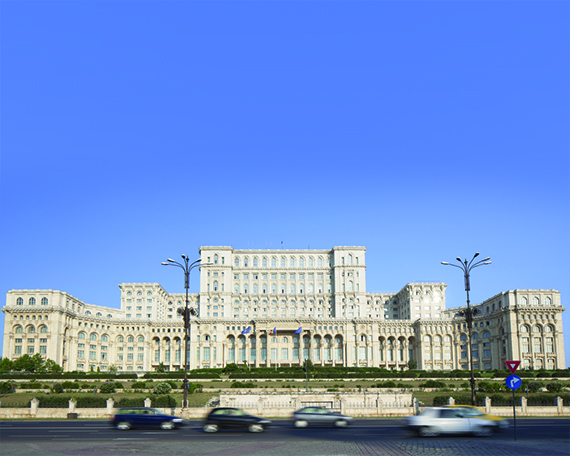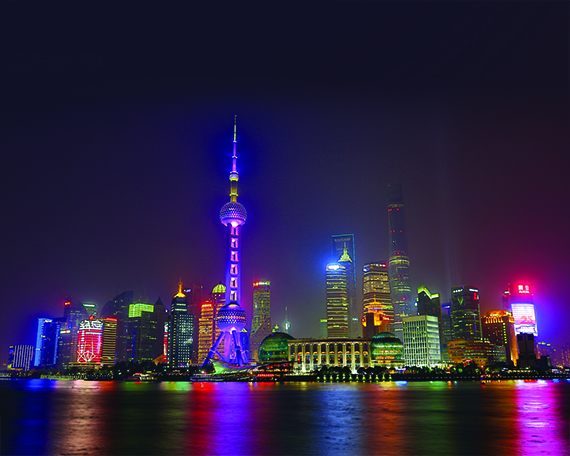The question on everyone’s lips at EPRA in Berlin last week was whether the market was at the top of the cycle, or still some way off. The answers were mixed and complex and, as the global speakers testified, it doesn’t really matter where you are in the cycle, you just need to be prepared.

EUROPE
There was consensus among European investors that Europe was approaching its peak, particularly in the UK. But strong capital inflows and growing income from assets meant that the market was not quite at its summit.
Lone Star’s co-head of European real estate investments, Alexander Hesse, said that Budapest in Hungary and Bucharest in Romania were its next targets, in the belief that “they are just waking up, so they are separate from the cycle”.
Christina Gaw, managing principal at Gaw Capital, and Pascal Duhamel, ADIA’s head of European real estate investments, saw Iberia as better bets for their money. Gaw said the low cost of capital and rising markets made “risk-adjusted returns still good” in Europe.
The Netherlands, while not being entirely ruled out for investment,
is an area where Hesse and Lone Star were now struggling to achieve strong returns because of how far the market has come, while Duhamel, targeting lower returns for ADIA, still found the Dutch market attractive.

THE US
The US economy recovered relatively quickly following the 2008 crash and it is broadly seen as two to three years ahead of the European economy and an indicator for the future for Europe as well as Asia.
According to David Simon, chief executive of Simon Properties, the US is still doing well despite a “little hiccup” caused by the oil and gas industry turmoil.
However, he predicted that the Chinese economy being a “black hole that no one understands” will start to affect growth.
These factors, and the imminent threat of a spending limit or “shutdown” of US government services, meant “there is enough uncertainty to have industries contracting”, he said.
Simon predicted limited growth in the near future, but some growth in the medium term.

THE MIDDLE EAST
While for most global investors Middle Eastern money flowing out of the region tends to be more important that what happens within it, its economy has been dramatically impacted by the collapse in the oil price.
Pascal Duhamel, head of Europe for real estate at ADIA, admitted the region’s investors had been affected by the oil price drop, but added that there was little cause for concern.
Conflict and general security worries had pushed up the price of oil extraction in some Middle Eastern states to $40-$50 (£26-£32) a barrel, but Gulf states had “much lower extraction costs”, he said. Extraction was often “around $3-$4 because, unlike in the rest of the world, the Gulf is very shallow and so it costs less to get to”, Duhamel explained.
Only if prices remained low in the long term would there be an issue, he said. “If they do, it would be wrong to say it will have no impact at all.”

ASIA AND CHINA
Nominal growth rates of 6-7% in China seem impressive to the West, but the reality is that this represents a slowdown in its economy,
which is pushing China to a downward cycle.
Economic turmoil and oversupply have caused Chinese investors to look elsewhere, said Gaw Capital’s Christina Gaw. “Onshore, it is not easy to make money,” she added.
Gaw also said China suffered from inexperienced or poorly managed investors. “Some are just land-bank grabbing,” said Gaw, warning that when the state stops supporting near-bankrupt developers, a dumping of land could trigger falling property prices.
Gaw added that capital is still plentiful “so short-term volatility in the market is not preventing a flow of capital to other markets”.











